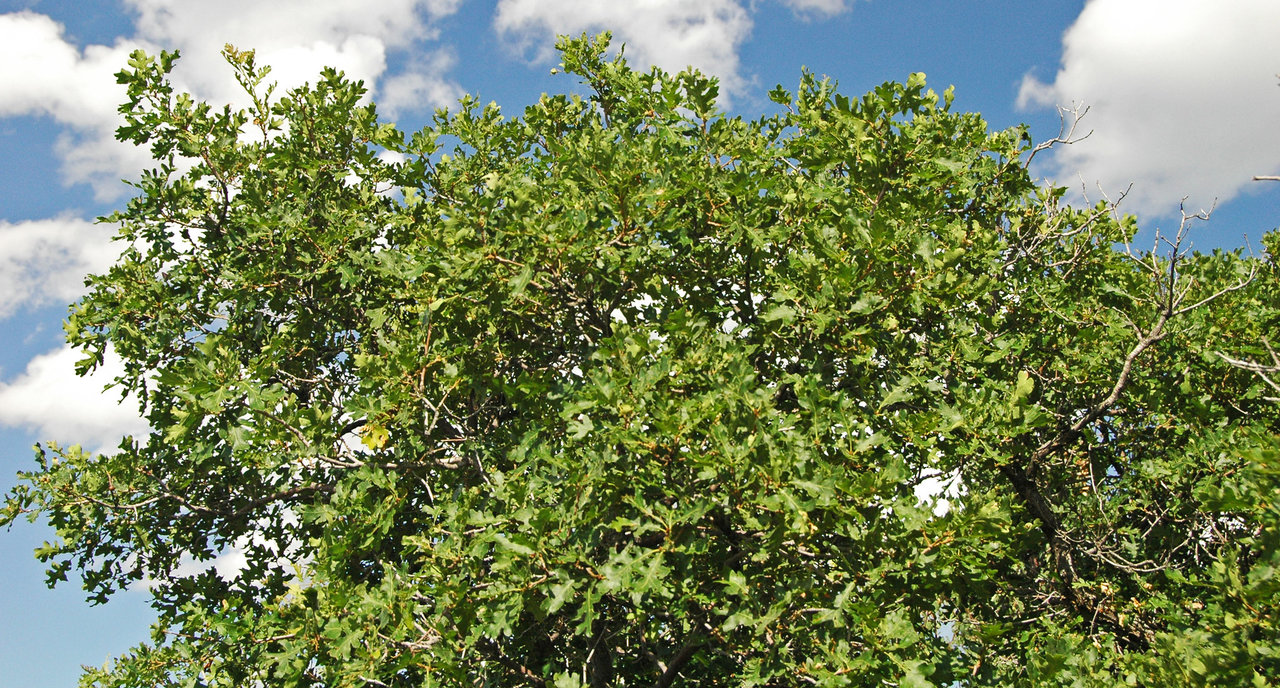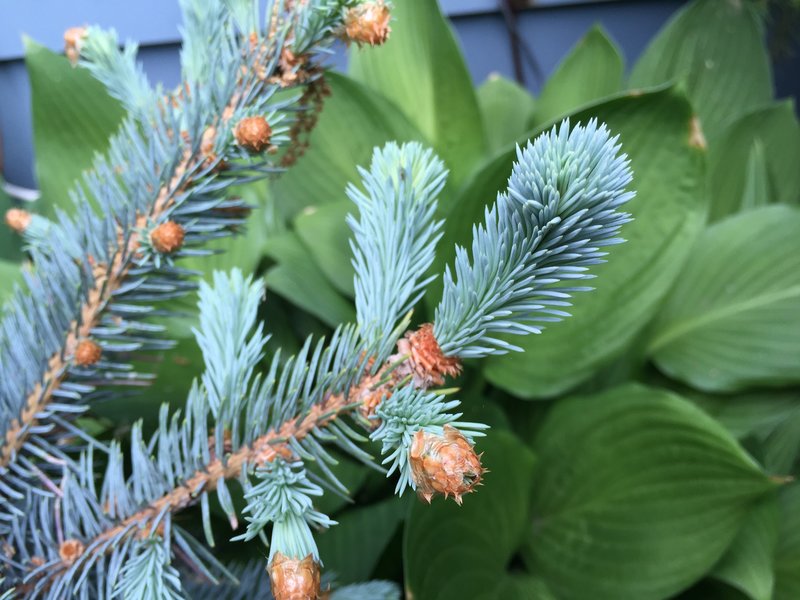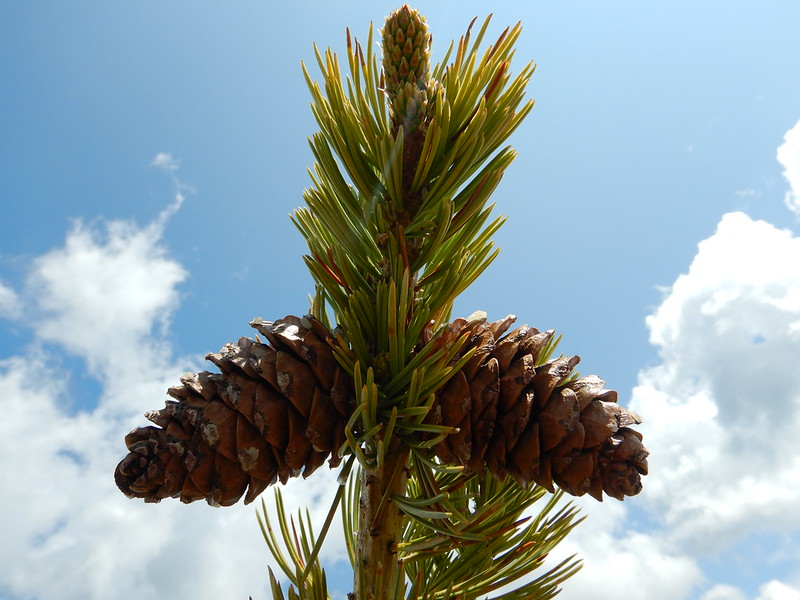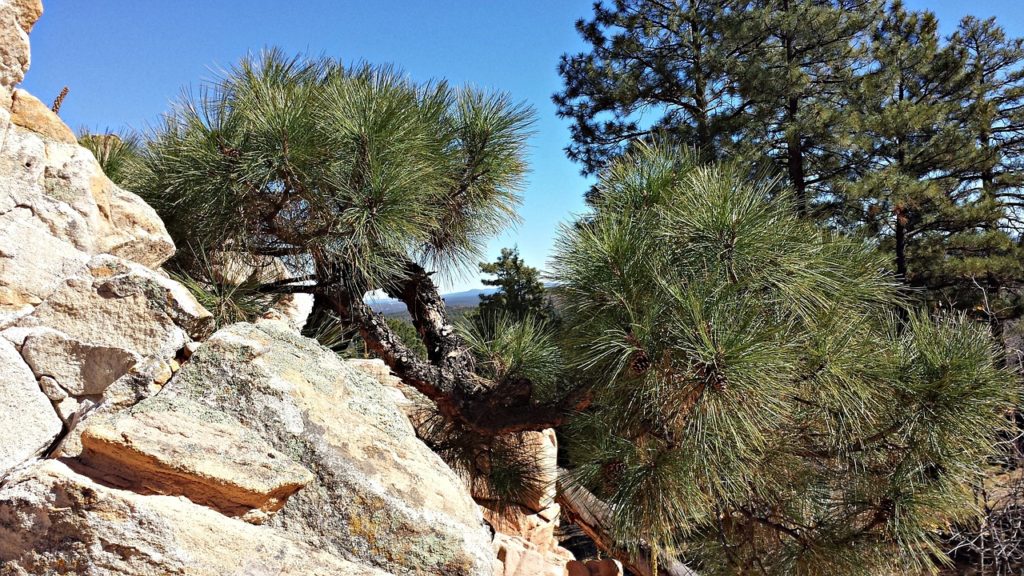Best Time to Plant Trees in Denver Colorado

We get it. When you're looking to plant trees in your yard, you want something that looks aesthetically pleasing and casts a lot of shade. But do you think about whether a tree is native to your area as well? Finding trees native to the Denver area should be an important factor as well when selecting trees for your landscape.
Planting native trees increases the probability of their survival. They've been growing in Colorado before the first European settlers arrived, so they're adapted to Denver's elevation and climate and need less maintenance and care.
Planting natives also attracts wildlife, some of which are getting pushed out due to urbanization. So if you're interested in biodiversity, here are the five best native trees to plant in Denver.
1. Colorado Blue Spruce

The Colorado blue spruce is Colorado's state tree and a great native species to plant in the metro area. This broad, dense pyramidal evergreen sports stiff branches that grow horizontal to the ground. Stiffly bristled needles — green to blue-green to silver-blue — come off the branches in all directions.

When planting a young tree, make sure to keep it away from power lines. Horticulturist Dr. James Klett with CSU's extension office warns the Colorado blue spruce may grow 30 to 60 feet tall with a crown width of 15 to 25 feet. "As homes in the metro area get smaller, many cannot accommodate these large trees," he warns. "The Colorado spruce also needs a little more moisture than other native trees."
It will have some drought tolerance after establishment and can resist strong winds during our rough winters. It also grows in a variety of soil types including acidic, loamy, moist, sandy, well-drained and clay soils.
2. Scrub (Gambel) Oak
Dr. Klett prefers the scrub oak tree for yards. "Sometimes called the gambel oak, it's a lot more common and practical for home landscapes." This native tree (pictured above) is smaller than its other oak cousins, peaking at 15 feet in height. "Though it's a small tree, it's a good choice for privacy and can withstand cold and drought," he says.
A row of scrub oaks makes an excellent windbreak. Even better? It resprouts after a wildfire and serves as a major food source for the Colorado hairstreak butterfly. Scrub oak does send out prolific runners from lignotubers, which is why some people have mixed opinions about planting it. You can manage the sprouts with consistent pruning.
3. Limber Pine

This medium-sized evergreen is native to the Mountains of the West, spanning from southern Alberta and British Columbia to New Mexico. Also known as the Colorado white pine, the limber pine gets its name from the flexible branches found on juvenile trees. The limber pine is less susceptible to salt and winterburn than other five-needle evergreens and is somewhat drought-tolerant. You'll need to be patient with this tree as it grows slower than many other evergreens. Fully mature trees will reach 30 to 50-feet tall and make excellent windbreaks.
4. Wasatch Maple
If you're looking for some fall color in your yard, the Wasatch maple is an excellent choice. Also known as the canyon maple, or the bigtooth maple, this tree produces foliage that rivals a sugar maple. It's tolerant of the cold and soils with a fairly high pH. It can also handle a drought, and can even be tapped for sugar production.
The Wasatch maple has a fairly slow growth rate. But mature trees will reach 30 to 40 feet tall and 10 inches in trunk diameter. These trees are hardy down to -30℉ and often develop into multi-stemmed trees with a crown spread of 20 to 30 feet.
5. Ponderosa Pine

The ponderosa pine is one of the most widely distributed tree species in the West due to its high drought tolerance once established. Its thick bark is also resistant to wildfires. Trees grow to mammoth sizes, 60 to 100 feet tall with canopies spanning 25 to 30 feet.
Klett warns they may also be too large for modern homes in Denver. "This tree may be better suited to a corner lot or as a border to forested areas. And keep in mind, if the ponderosa pine gets too stressed from drought, it becomes susceptible to pests and disease."
Ponderosa pines grow best in full sun with deep, well-drained soils but adapt to a variety of growing conditions. Ponderosa pine trees need less nitrogen and phosphorus to produce their needles, so they can grow on infertile soils that may not be able to sustain other trees. The needles tend to turn more yellowish in the winter. An easy way to identify ponderosa pine — a favorite of hikers — is the vanilla or butterscotch scent.
Choosing native trees for your yard may limit your selection, but the benefits of planting natives outweigh the drawbacks. Just consider the size of your landscape before choosing any of these five trees for your Denver yard.

Amanda Shiffler
Most comfortable with soil under her fingernails, Amanda has an enthusiasm for gardening, agriculture, and all things plant-related. With a master's degree in agriculture and more than a decade of experience gardening and tending to her lawn, she combines her plant knowledge and knack for writing to share what she knows and loves.
Best Time to Plant Trees in Denver Colorado
Source: https://www.lawnstarter.com/blog/colorado/denver-co/best-native-trees-plant-denver/

0 Response to "Best Time to Plant Trees in Denver Colorado"
Post a Comment